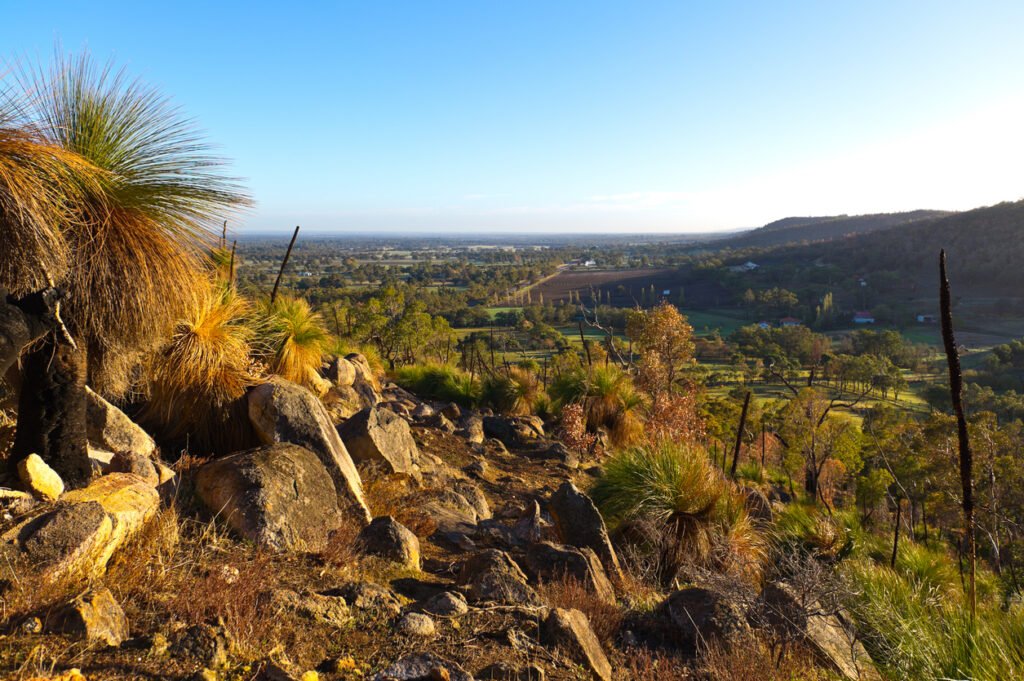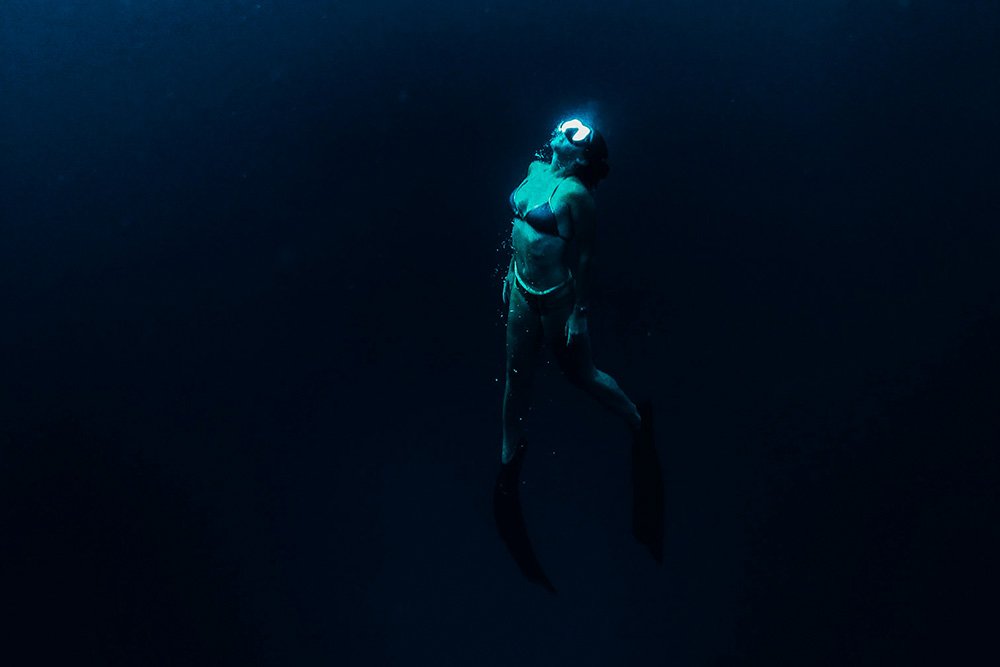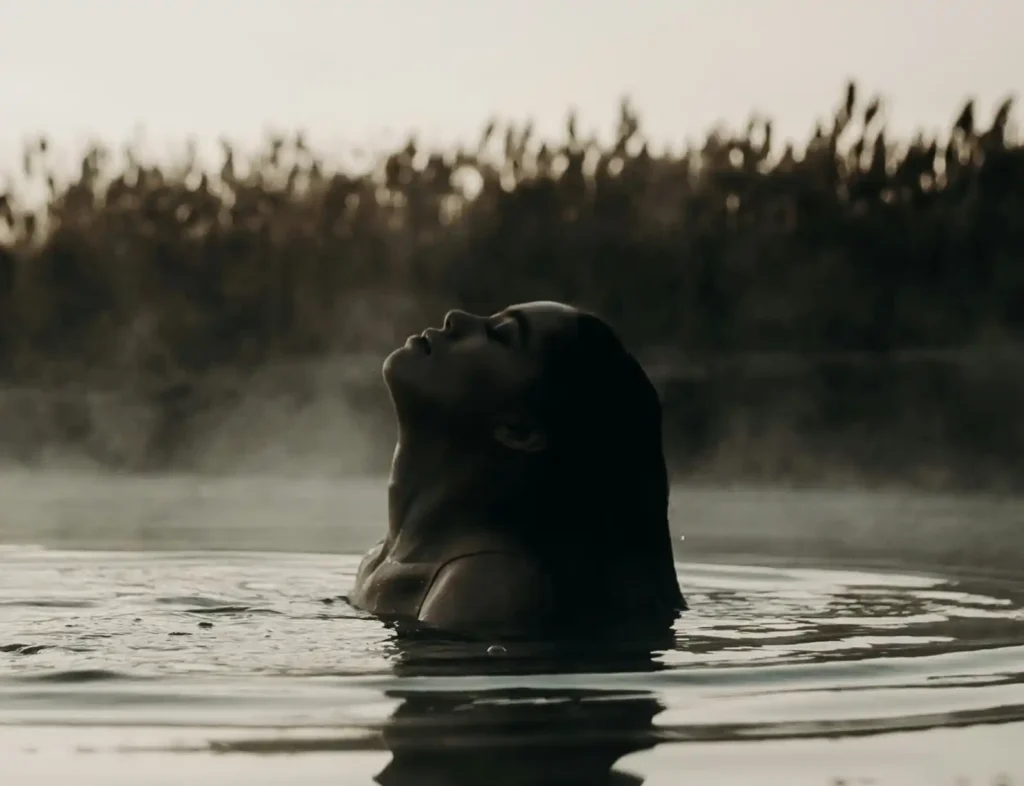Since I was a kid, I’ve clocked some serious hours exploring the waters around Rottnest Island—snorkelling at Little Salmon Bay, diving for crays off Parker Point and casting a line off the bow at West End. But it’s not until the last few years, when adventure and curiosity melded, that I realised my water activities on Rotto were completely dictated by one of Australia’s most unique ocean currents: the Leeuwin Current.
This warm, southward-flowing current plays a huge role in shaping the marine life, weather patterns and the renowned water-based activities around Rottnest and the greater Western Australian coastline.
Let’s dive into the science behind the Leeuwin Current, explore its wide-ranging effects and look at why it matters so much for adventure seekers on and around Rotto.
What Are Ocean Currents? And Why Do They Matter?
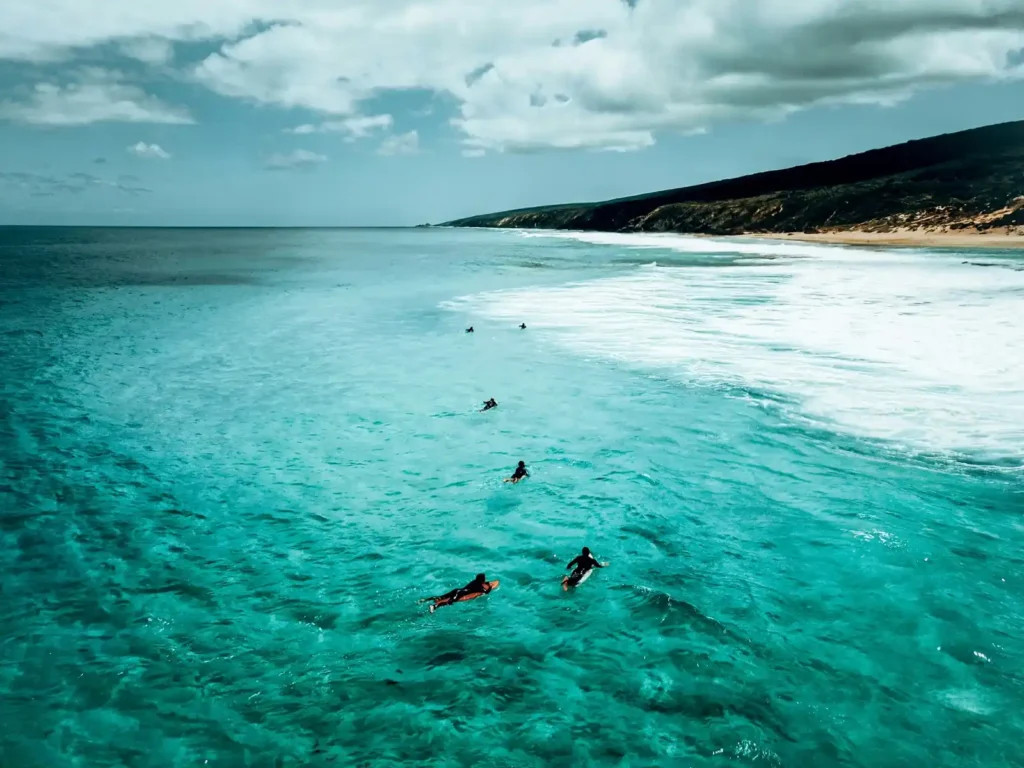
Ocean currents are massive movements of seawater that flow across the globe’s oceans, driven by a combination of wind, temperature differences, tides and the Earth’s rotation (the Coriolis effect). Even salinity has an effect on currents, giving density to water and causing it to sink. All of these factors help regulate climate, distribute the ocean’s nutrients and even guide the migrations of marine species, like salmon, whales and sharks.
Currents can either be warm or cold depending on their temperature relative to the surrounding water. The Leeuwin is a warm current, and currents like these play an especially important role in bringing tropical water—and everything that comes with it—into cooler regions. Warm current absorb heat and promote healthy coral reefs (the “nursery of the seas”). Without it, things could be dire for many of Australia’s coastal destinations.
How Does the Leeuwin Current Form?
Whereas most eastern boundary currents flow from cooler polar waters toward the equator, the Leeuwin Current is a warm, poleward-flowing current that runs down the west coast of Australia, from the tropical waters of Indonesia all the way to Cape Leeuwin and beyond. If you’ve wondered why Red Bluff near Carnarvon (north of Perth) is far warmer than Denmark’s Ocean Beach (southern WA), now you know.
WA’s major current forms due to a combination of:
- Wind patterns and pressure gradients between the Pacific and Indian Oceans (especially during La Niña years)
- A sea level difference between northern and southern waters (higher in the north), creating a gentle slope that pushes water southwards
- The Indonesian Throughflow, which channels warm Pacific waters through the Indonesian archipelago into the Indian Ocean, feeding the Leeuwin Current
The current typically flows strongest between March and August, reaching surface speeds of up to 1–2 knots, though recent years (including 2025) have seen stronger-than-average flows due to prolonged La Niña conditions.
What Impact Does the Leeuwin Current Have on WA Marine Life?
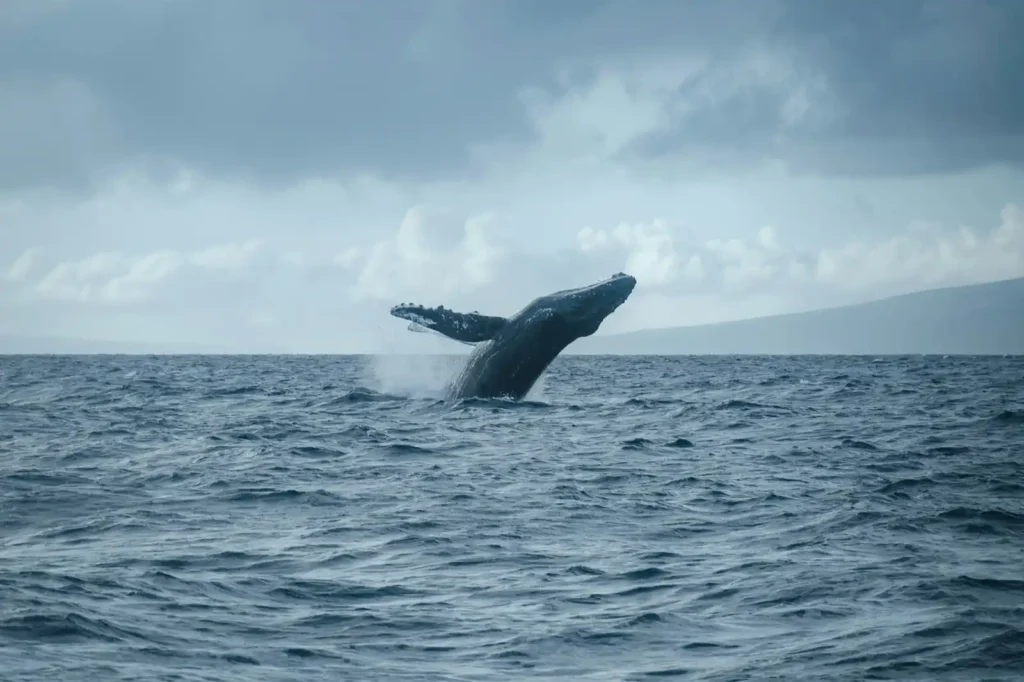
The warm waters of the Leeuwin Current transform the marine environment along the WA coast, including Rottnest Island, turning the waters from Albany to northwest WA into a marine life superhighway.
The Leeuwin Current supports tropical coral species that wouldn’t normally survive this far south, and allows fish species like Spanish mackerel, tuna and even whale sharks to move further down the coast.
Plankton (particularly phytoplankton) is by far one of the most important organisms on earth, crucial for for carbon cycling and oxygen production. The warm current along WA’s coast enhances plankton productivity during certain times of the year, which forms the base of the food chain.
The Leeuwin Current even helps drive the annual salmon run, as schools of Australian salmon follow temperature boundaries along the coast.
As far as Rottnest Island goes, this biodiversity boom makes it a hotspot for snorkellers, divers, fishers and marine life watchers. We can thank the Leeuwin for the island’s supreme coral gardens, vibrant fish schools, sea turtles and migrating humpback whales. They’re all part of the island’s seasonal rhythm—much of which is underpinned by the Leeuwin Current.
What Impact Does the Leeuwin Current Have on Climate?
The Leeuwin Current doesn’t just shape the ocean—it also subtly affects the weather patterns and coastal climate of southwestern Australia.
- Milder winters: By bringing warm water down from the tropics, the current helps moderate winter temperatures along the coast, especially near Rottnest.
- Higher humidity and rainfall: The added heat and moisture in the atmosphere can lead to increased rainfall events during autumn and winter, particularly in years when the current is strong.
- Marine heatwaves: In some years, the Leeuwin Current can drive unusually warm ocean temperatures, leading to stress on cold-water species and even coral bleaching events.
How the Leeuwin Current Impacts WA Explorers
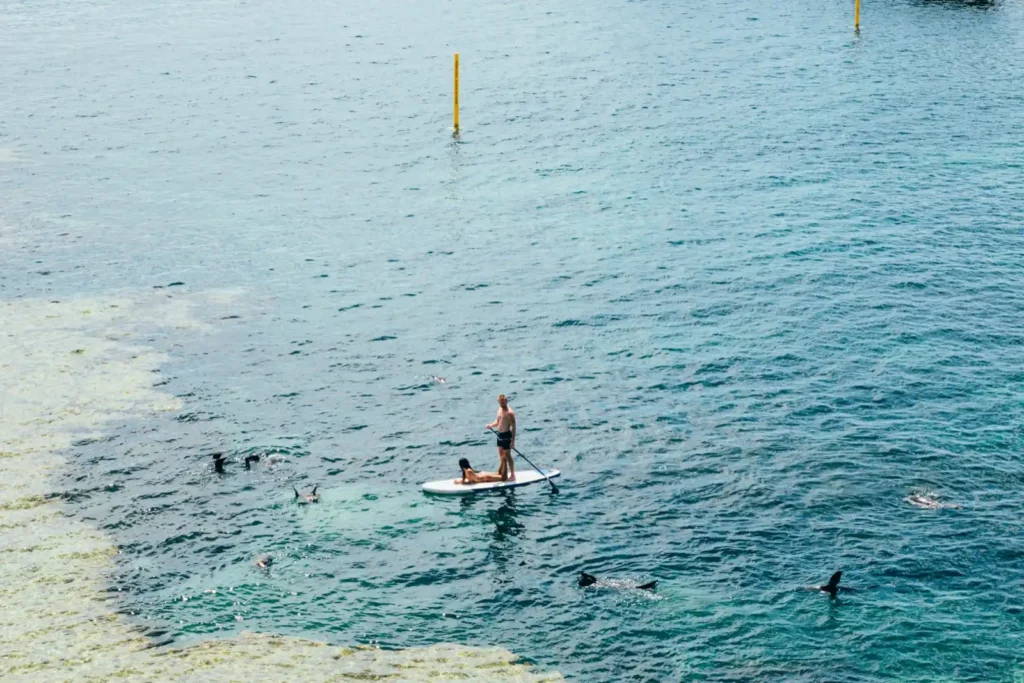
For those of us chasing the wild on WA’s coast, the Leeuwin Current has a real impact:
Fishing
The current influences seasonal migrations of prized species like Australian salmon, Samson fish, Spanish mackerel and tailor. The salmon run—a major event for WA fishers—relies on temperature gradients created by the Leeuwin Current. As the warm current pushes in, it creates a boundary where baitfish gather and salmon follow. It’s why Perth has some of the top fishing spots in the country.
Diving & Snorkelling
Warm, clear water promotes better visibility around Rottnest and allows for tropical species to co-exist with temperate reef life. The variety of fish and coral species at dive sites like The Shark Cave, Crystal Palace and The Opera House is a direct result of this warm-water influence.
Water Sports
The current affects sea temperatures and surf conditions, which can subtly shift swell direction and intensity—important for surfers and paddlers navigating Rottnest’s outer breaks.
Is It True the Leeuwin Current Is Responsible for Shark Activity in WA?
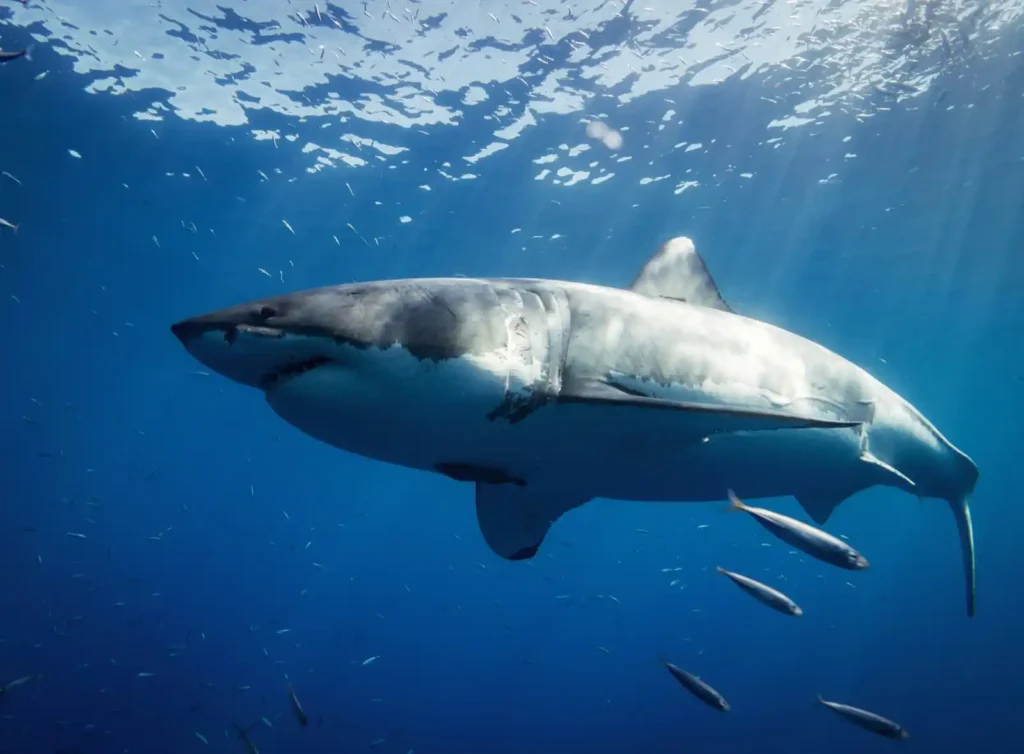
The short answer is… sort of.
The Leeuwin Current does influence marine life distributions, including those of sharks. By moving warm water (and the species that follow it) down the coast, it can alter where and when sharks are present, particularly tiger sharks and bronze whalers.
But shark activity’s influenced by many more variables, like temperature, volume of prey in the area, breeding cycles and of course human intervention and activity along the coast.
As far as we know, the Leeuwin Current doesn’t increase shark attacks. But it does contribute to broader ecosystem changes that might influence where sharks hunt or migrate. For us ocean lovers, it’s just another reminder to stay alert and respect the ocean.
Has the Leeuwin Current Changed in 2025?
Yes—and scientists are watching it closely.
In 2025, oceanographers reported that the Leeuwin Current is stronger than average, likely due to continued La Niña conditions and increased water flow from the Indonesian Throughflow. That means fishers in WA can expect an earlier and stronger salmon run this year. Above average sea surface temps around Rotto and the Perth coastline is also on the cards, and you might score far more sightings of incredible biodiversity.
These changes highlight just how dynamic the WA marine environment can be—and why understanding the Leeuwin Current is crucial not just for scientists, but for every adventurer who dives into its waters.
WA’s superhighway for marine life
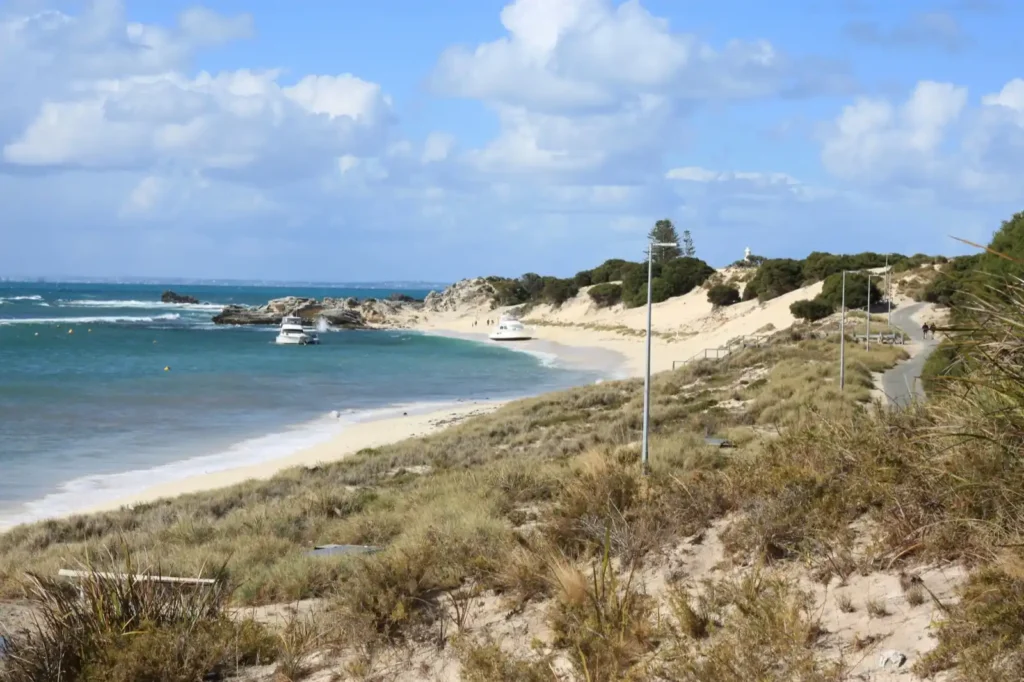
So, what effect does the Leeuwin Current have on Rottnest Island? In short: it shapes everything.
From coral growth to salmon fishing, from snorkel sites to surf swells, this warm ocean river is a powerful, seasonal force that defines much of the natural experience along WA’s west coast.
Zooming out from Rotto’s vast island, there’s a far bigger story to be understood—one that begins thousands of kilometres away in the tropical north and flows right through the heart of one of WA’s favourite remote destinations.
Taking your freediving kit to Rotto? Keen to snag a few crays? Check out our top spots on Rottnest Island to find crayfish so you can fill your esky with the prized shellfish.

